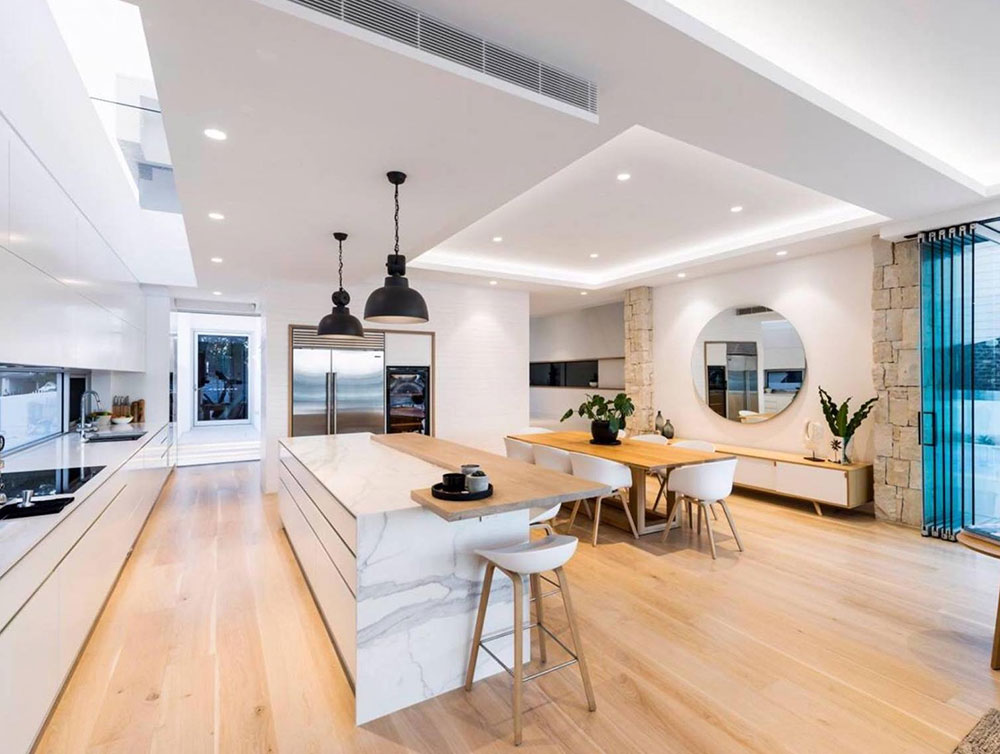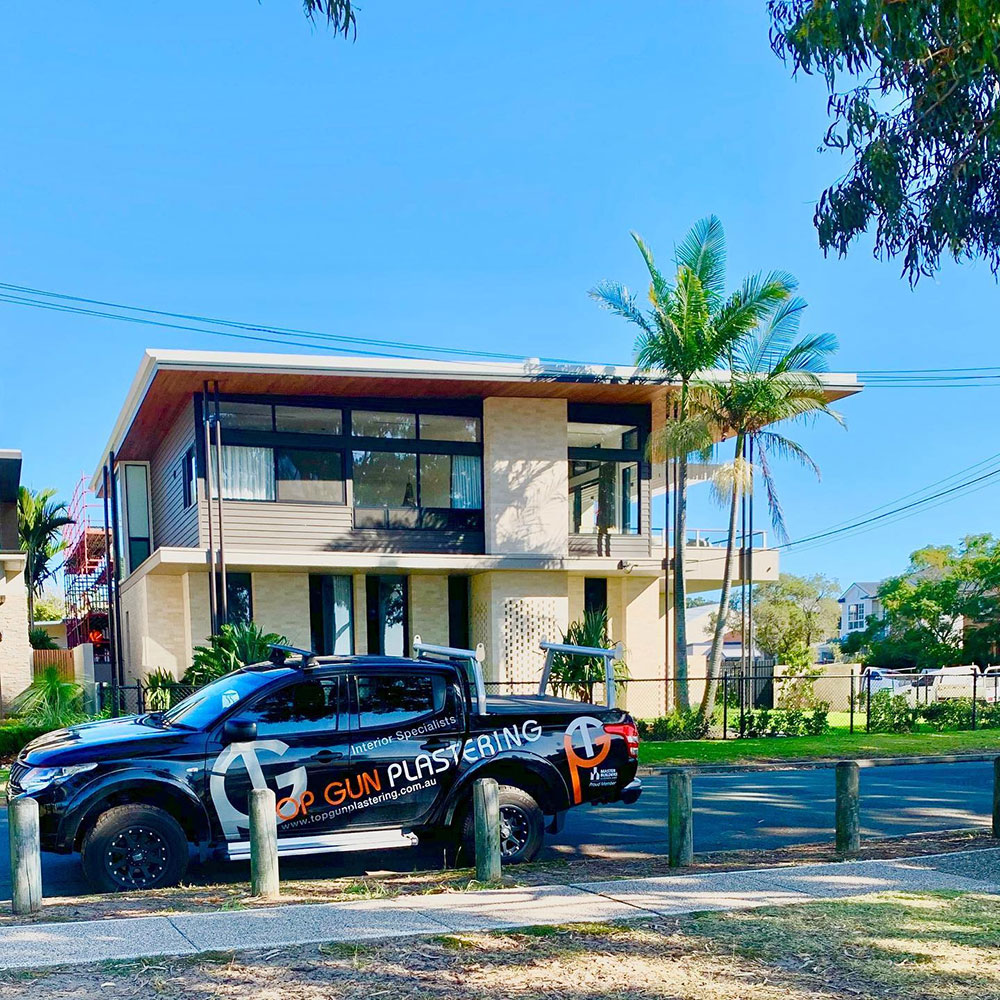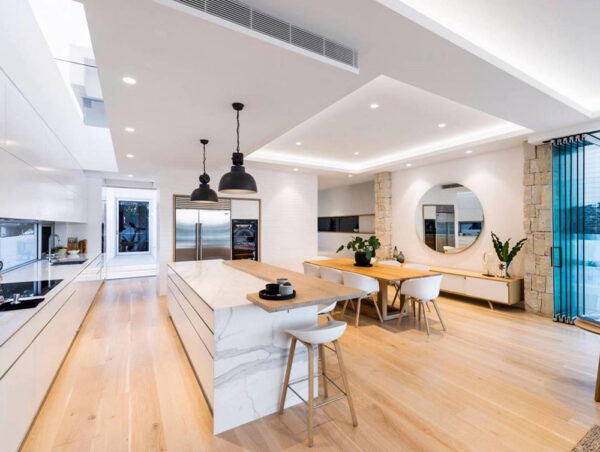How to repair holes in plaster walls
Plaster walls can become damaged for various reasons, everything from moving furniture to nail holes to children playing. But luckily, in most cases, it is relatively straightforward to carry out minor plaster repairs. So in this article, we’re going to take you through some of the various ways you can go about repairing or patching small holes and cracks in plaster walls.
Table of contents
- Can You Repair Plaster Walls Yourself?
- How Do You Fix A Small Hole In Plaster?
- Keeping Your Work Area Clean
- Remember To Work Safely
- Repairing A Hole In A Solid Plaster Wall Or A Lath And Plaster Wall
- What To Use To Fill Holes In Plaster Walls
- What Is The Best Way To Patch Plaster Walls?
- Achieving A Smooth Finish
- Ready For Painting
- Repairing A Hole In Drywall Or Plasterboard
- Safety First
- Measure The Hole You Are Repairing
- Removing The Excess Plasterboard Or Dry Wall
- Almost Finished
- We Hope This Helps
Can You Repair Plaster Walls Yourself?
Repairing or patching holes in plaster walls is pretty straightforward and should be a job you can tackle yourself. But, before we take you through the various ways you can repair or patch holes in plaster walls, it’s worth reminding you of the three main types of plaster walls you’ll likely be fixing.
Solid Wall Plaster – which usually features either Lime-based plaster or a Gypsum mix that has been applied evenly in several layers to cover exposed brick or block work to produce a smooth surface ready for painting.
Lath & Plaster – typically found in older houses, laths are closely spaced, well-seasoned strips of wood nailed to wall studs and then smoothed with multiple plaster coatings over the lath to form a flat wall or ceiling surface.
Drywall – typically used for creating room partitions, drywall sheets are usually screwed or nailed to a wooden or metal stud frame. After the sheets are set in place, drywall joint compound and tape are put over the seams between the different boards, making them ready for painting.

How Do You Fix A Small Hole In Plaster?
As with any home DIY job, success or failure can depend on the preparation. So before starting to repair any holes or cracks in any type of plaster wall, you should cover the floor and furniture with clean plastic sheeting and fasten it in place using painter’s tape.
Keeping Your Work Area Clean
Not only will this help protect the floor and the furniture from spilled or splattered plaster or joint compound, but it will also make cleaning up more manageable, as much of the dust from sanding will collect on the plastic sheeting.
Also, turn off any radiators in the room so the plaster doesn’t dry out too quickly and cover up any vents to keep sanding dust from getting into your HVAC system.
Remember To Work Safely
Always work safely, so wear goggles and a dust mask if you’re sanding plaster, cutting plasterboard or drywall. Plus, always use a cable, pipe & stud detector to check the area is safe before cutting or sawing into any places you’re repairing.
Likewise, when mixing or applying plaster, wear safety goggles, a dust mask and protective gloves.
Repairing A Hole In A Solid Plaster Wall Or A Lath And Plaster Wall
Whether you’re trying to repair a hole or patching a crack in either a solid plaster wall or a lath and plaster wall, the trick for achieving a high-quality finish is to ensure you remove all traces of the old loose plaster, along with any dust and grease from the area you’re planning to repair.
You can do this by using either a metal or plastic scraper or a wire brush, but make sure you don’t damage the surrounding surface.
Once you have removed any of the old plaster and dust from the area you’re repairing, dampen the surface surrounding the repair with a base coat mix of PVA glue and water.
What To Use To Fill Holes In Plaster Walls
When it comes to repairing a crack or patching a hole in a plaster wall, you need to remember that many different fillers and plaster products are available on the market and that application methods can vary between products, so always check the manufacturer’s instructions.
Be sure to look for a product that best suits your job; for example, if you only need a small amount of plaster to complete the repair, you might find it easier to use a ready-mixed plaster application.
What Is The Best Way To Patch Plaster Walls?
Because plaster can dry out quickly, it’s important that you take your time and only work with small amounts on the hawk or board at once. Once you’re ready to start, cut a small section of the wet plaster onto the plastering trowel and apply it to the repair using a smooth circular motion making sure to press firmly to work the plaster into the damaged area.
As a handy tip, it’s always helpful to have a bucket of warm water to hand when working so you can clean your trowel as you go; this will help avoid any lumps in the plaster and unnecessary work.
Regarding filler and plaster adhesive products, it’s worth knowing that some of the plaster and filler products available shouldn’t be applied to a depth of more than approximately 12mm in one go. If this is the case, you may need to apply a second coat to the patch to seal the damaged area completely.
Achieving A Smooth Finish
Allow the plaster dry naturally, then use a damp sponge or a soft paintbrush to dampen the surface with clean water and then, with the edge of a clean trowel, work across the plaster mix to achieve a smooth the finish.
Ready For Painting
To prepare the surface for painting, use fine-grade sandpaper and lightly sand the area of the repair to achieve a totally smooth finish. Before you start painting, applying a sealer or primer paint to the existing wall is always a good idea as this acts as a bonding agent and helps your finishing paint adhere.
Repairing A Hole In Drywall Or Plasterboard
Now that you understand how to complete minor plaster repair in solid plaster or lath and plaster walls let’s look at how you patch a hole in drywall or plasterboard.
Safety First
Before starting to repair a hole in either drywall or plasterboard, use a cable, pipe & stud detector to check the area surrounding the repair, as this will ensure it’s okay to go ahead and cut through the old plasterboard.
Measure The Hole You Are Repairing
Once you’ve completed the checks, you’re ready to start. You do this by measuring the hole and then clearly marking the measurements onto a piece of plasterboard offcut.
Once you have measured the size of the hole, you’re going to repair, add a further 25mm to the top and bottom. Then carefully cut the offcut to size using either a plasterboard saw or a retractable knife – remember, always work safely, wear goggles along with a dust mask and try to work in a well-ventilated space.
The next step is to mark the original measurements (without the additional 25mm overhangs) onto the wall using a pencil and a straight edge; once you’ve done this, draw diagonal lines from the hole into each corner. Then, using a plasterboard saw to cut along the diagonal lines.
Removing The Excess Plasterboard Or Dry Wall
Once that’s done, use a retractable knife and straight edge to score the plasterboard along the guide marks and remove any of the excess plasterboard.
After removing the excess plasterboard or drywall, drill a hole that will accommodate a nail into the centre of the plasterboard offcut and then place a nail into the hole.
Now go ahead and apply a bead of adhesive to the top and the bottom of the 25 mm overhang of the offcut and carefully slide it through the hole and into position. Once in place, pull the nail towards you to create a strong bond between the adhesive and the plasterboard.
Make sure you don’t release the nail until the glue has bonded, and allow the adhesive to dry thoroughly before continuing. Once the adhesive has dried, you can push the nail out, so it falls behind the plasterboard wall.
Almost Finished
Now mix and apply the repair plaster or ready mixed filler. Apply to the hole using a clean, flexible putty knife, working smoothly in a circular motion until you fill the hole and level it with the existing plasterboard or drywall.
Once the plaster or ready mixed filler is completely dry, use medium-grade sandpaper and sanding block to create a smooth, level finish, and you are ready for painting.

We Hope This Helps
As we mentioned at the start of this article, repairing minor holes or patching cracks in plaster walls is pretty straightforward as long as you take the time to prepare and don’t rush the job.
However, if you have any questions on how to complete minor plaster repairs or any other plastering requirements, please talk to Kyle on 0402 621 023 or James on 0415 397 830 here at Top Gun Plastering or drop us an email at topgunplastering@gmail.com.
We look forward to hearing from you



Recent Comments